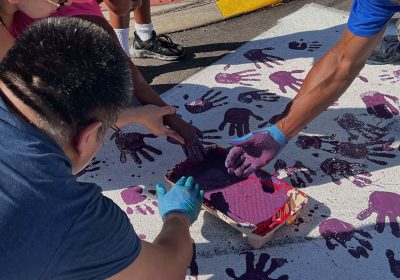By Karen Price
At first glance, the rehearsal could be taking place at any school with any group of students.
There’s singing, there’s dancing … and there’s sign language.
That’s the point at which the production reveals itself as something different.
The students rehearsing “Captain Louie JR” range in age from six to 18, and of the 20-member cast, 13 are from the Little Lake Theatre Company community playhouse in Canonsburg, Pa., and seven are from the Western Pennsylvania School for the Deaf (WPSD) in the East End of Pittsburgh. It’s a unique collaboration between deaf and hearing students that’s taught both groups about communication, overcoming language barriers and gaining an understanding of their peers who experience the world differently.
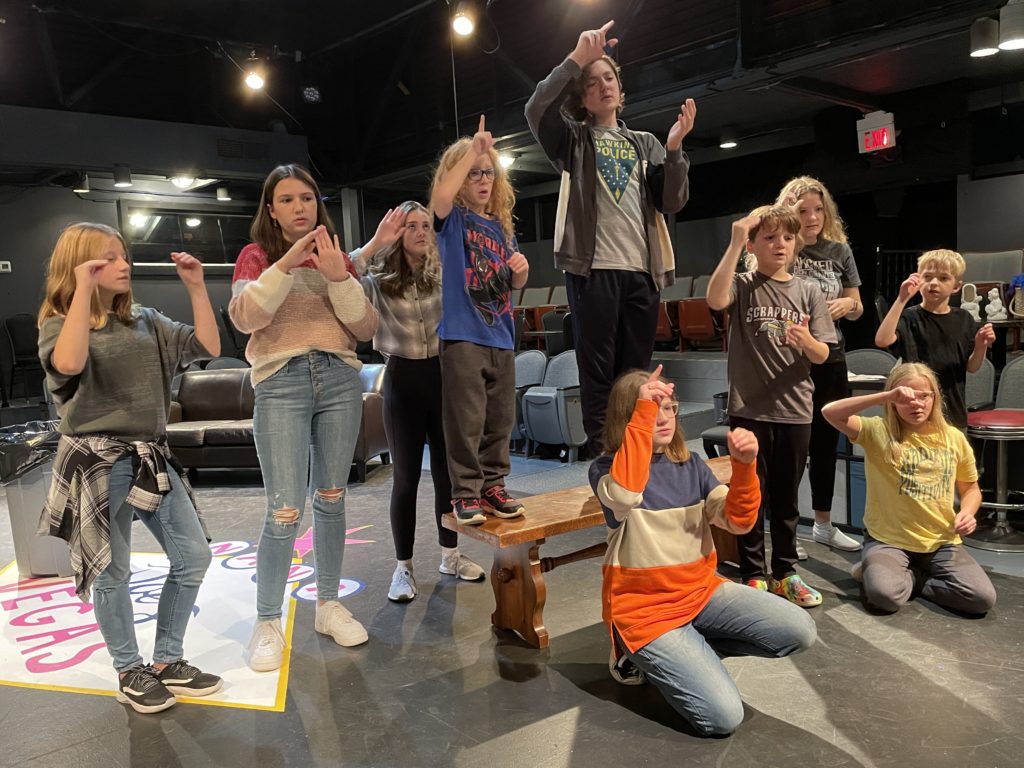
“I think this gives both cohorts the opportunity to learn different cultures,” said Dr. Steven Farmer, the CEO of WPSD, via an ASL interpreter. “The hearing community has a window into deaf culture. We can show them what deaf people are capable of doing. There are so many misconceptions out there about what deaf people can or cannot do, and we’re showing that we’re able to do just about anything except, of course, we can’t hear.”
The idea to combine students from the theater and the school stemmed from Little Lake Theatre’s intention to be more inclusive and equitable. With funding from a PA Humanities SHARP grant – Sustaining the Humanities Through the American Rescue Plan – hearing students began a 10-week course in American Sign Language prior to starting rehearsals with their deaf counterparts.
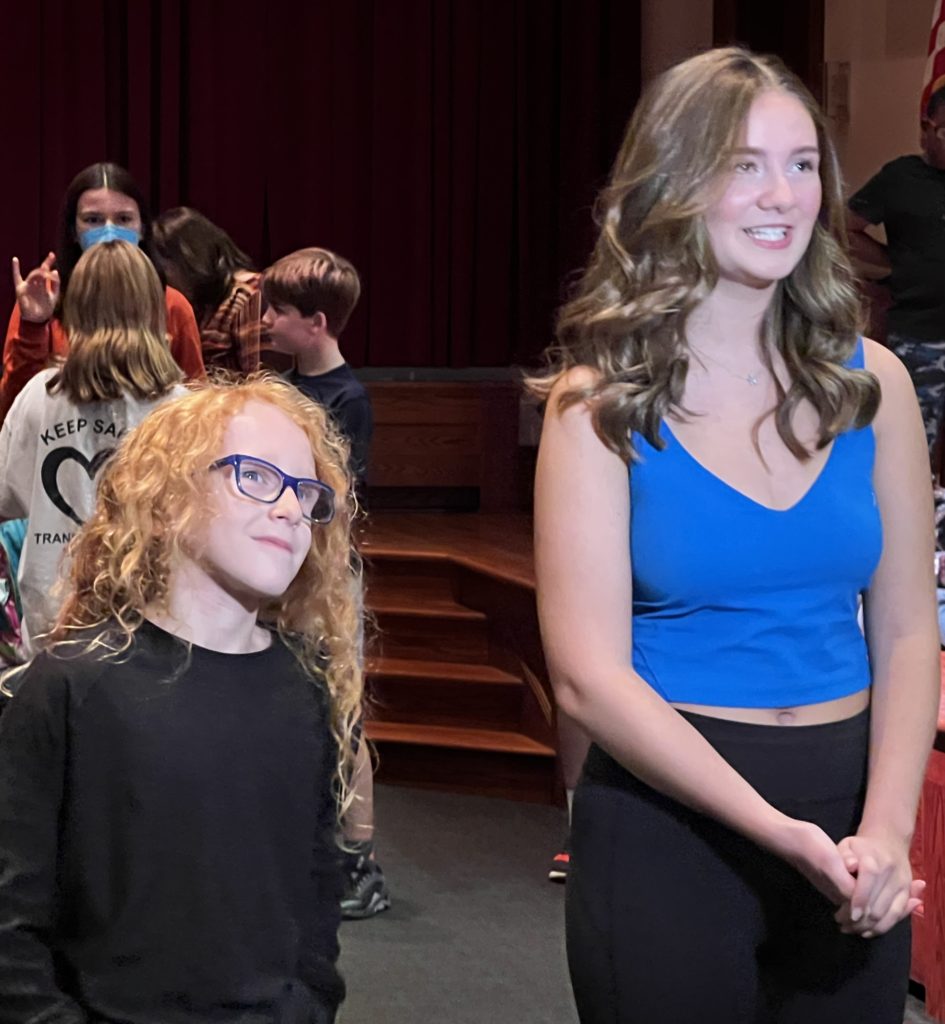
Roderick Mihoerck, an 8-year-old third-grader at WPSD, said that he’s new to acting and the students from the theater company offered advice on how to learn his lines. He and his classmates helped make sure the hearing actors were using the correct signs.
“We all had to show one person how to sign things and my person was using a little bit of a wrong hand shape, so I just had to do some tweaking,” he said.
Mihoerck plays the lead role of Louie, a little boy who moves to a new neighborhood and new school and is nervous about making friends. After he “flies” back to his old neighborhood in his imaginary plane, Louie realizes that making new friends isn’t as hard as he thinks. He just needs to put himself out there.
The musical is based on the children’s book “The Trip” by Ezra Jack Keats.
“He learns how to get rid of his nerves and learns that nobody’s perfect, and that if you have courage, you can get through things,” Mihoerck said.
Asked if that’s an important lesson, Mihoerck paused before answering.
“It’s better if you’re brave, because that can apply to when you’re older,” he said. “You learn that you don’t have to be afraid of new situations and maybe everything’s not so scary. Even for me as the lead actor, I have to be brave.”
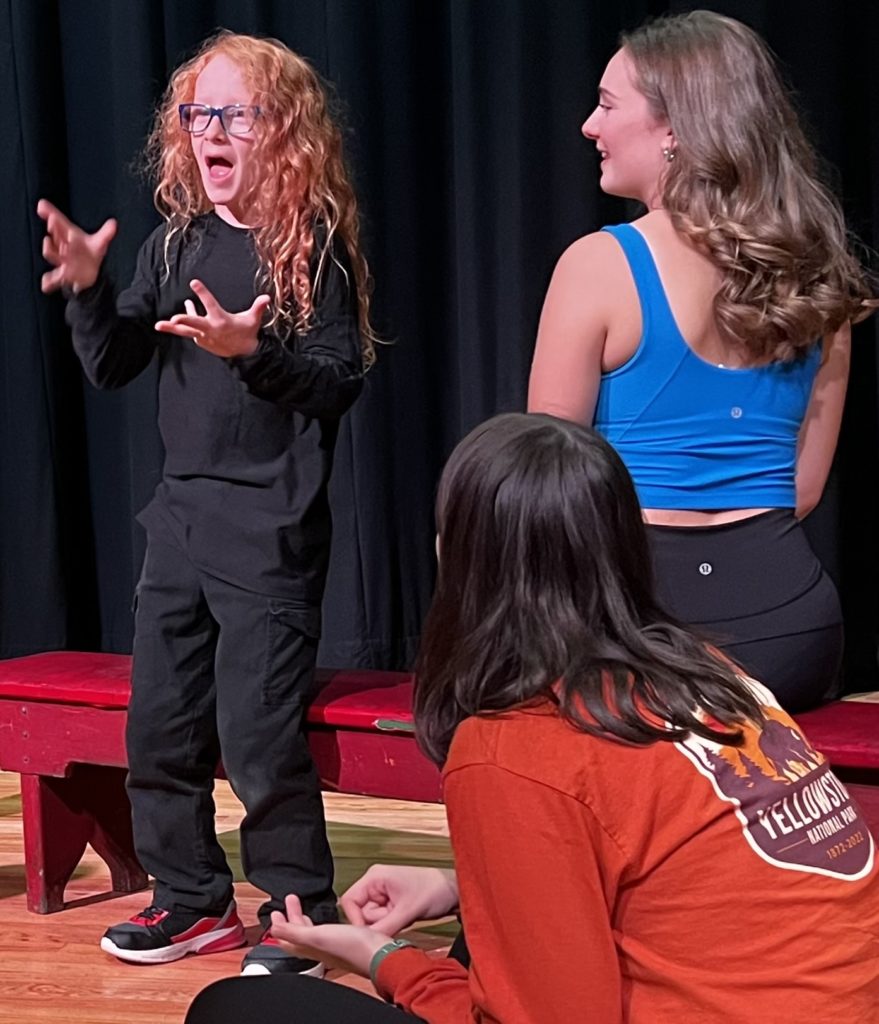
Madeline Dalesio, 17, is Mihoerck’s hearing partner onstage. The longtime Little Lake Theatre actor speaks the lines that Mihoerck signs, but she said that the focus is very much on him and that she’s more of a “shadow.” The entire show is both spoken and signed, and the deaf actors use visual cues to know when the musical numbers begin.
Learning lines in two languages has been a challenge, Dalesio said, but it’s also been fun. She sees a lot of parallels between the themes of the musical and their experience getting to know and communicate with their deaf counterparts.
“In the beginning, being the new kid in the neighborhood, that was all the hearing actors when we were first learning ASL,” she said. “We didn’t know what we were doing and felt like outcasts because ASL is not our first language. And then Louie, he realizes that the new kid, Julio, can fit in so well with his old friends that he can fit in with a new neighborhood just like Julio, so I kind of see a parallel with us learning ASL, like we can fit in with ASL. Our whole world has opened up.”
“There are so many misconceptions out there about what deaf people can or cannot do, and we’re showing that we’re able to do just about anything except, of course, we can’t hear.”
Western Pennsylvania School for the Deaf CEO Dr. Steven Farmer
Jena Oberg, from Little Lake Theatre, is directing the show. As the parent of a WPSD student, she said, she loves that her child is seeing another example of something that she’s capable of doing.
“I think learning how to communicate with people who use different communications styles and different languages opens up the world,” she said. “It gives you an opportunity to say, ‘I’m going to figure out how to communicate in a way that both of us mutually can share.’ It helps our kids see that there are multiple facets to communication, that it’s not just the words you’re speaking.”
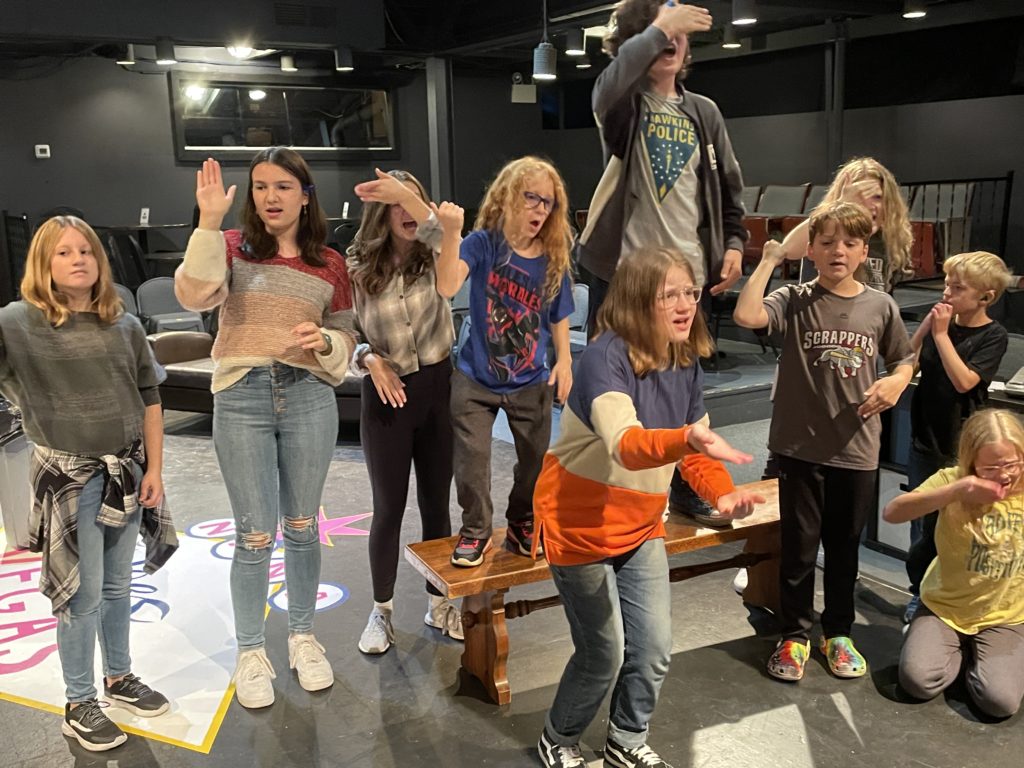
Mary Ennis-Blahut served as the ASL coordinator for the project. The students began rehearsing over the summer, both at the theater and at the school, with performances at both venues to give each community equal opportunity to experience the production. Watching the WPSD students communicating with their hearing peers has been an incredible experience, she said, because they’re not relying on an interpreter or having to ask someone to mediate for them.
“They just jumped right in and were communicating with each other and that was truly an amazing growth that I saw,” she said. “Many of our students who maybe felt that they couldn’t function or be in a hearing world have learned through this experience that they can. They can go out there and do this. Sometimes I look at them and I’m not sure who’s a deaf child and who’s a hearing child because they’re just signing away to each other.”

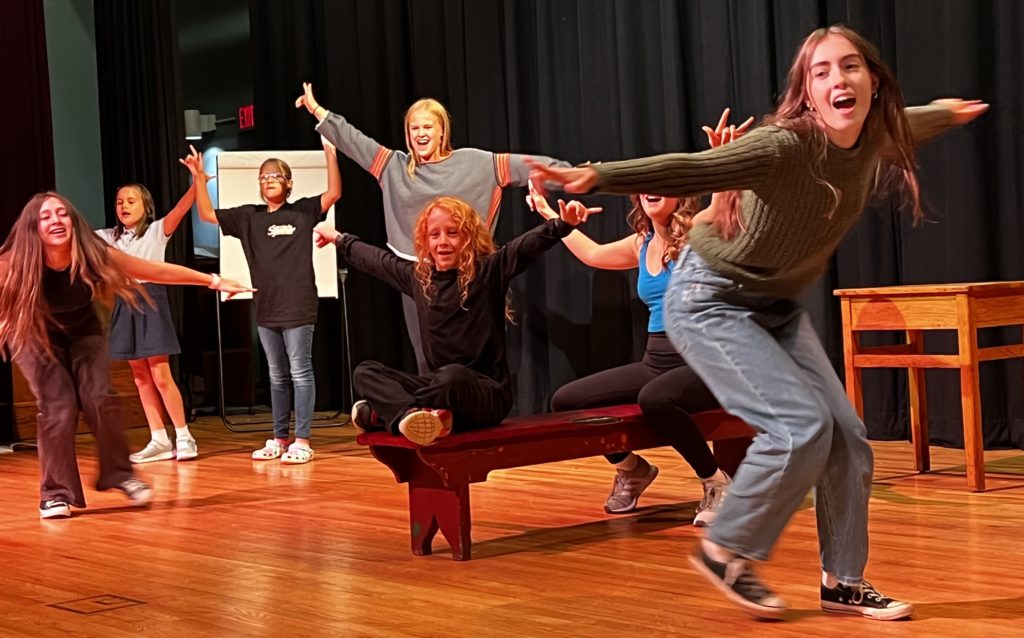
![[color – dark bg] PA SHARP FINAL FILES DB 72dpi [color - dark bg] PA SHARP FINAL FILES DB 72dpi](https://pahumanities.org/uploads/files/elementor/thumbs/color-dark-bg-PA-SHARP-FINAL-FILES-DB-72dpi-phgl7aimtfdpzt2rscvl43ksfv3asbbls19lsvuacw.jpg)


